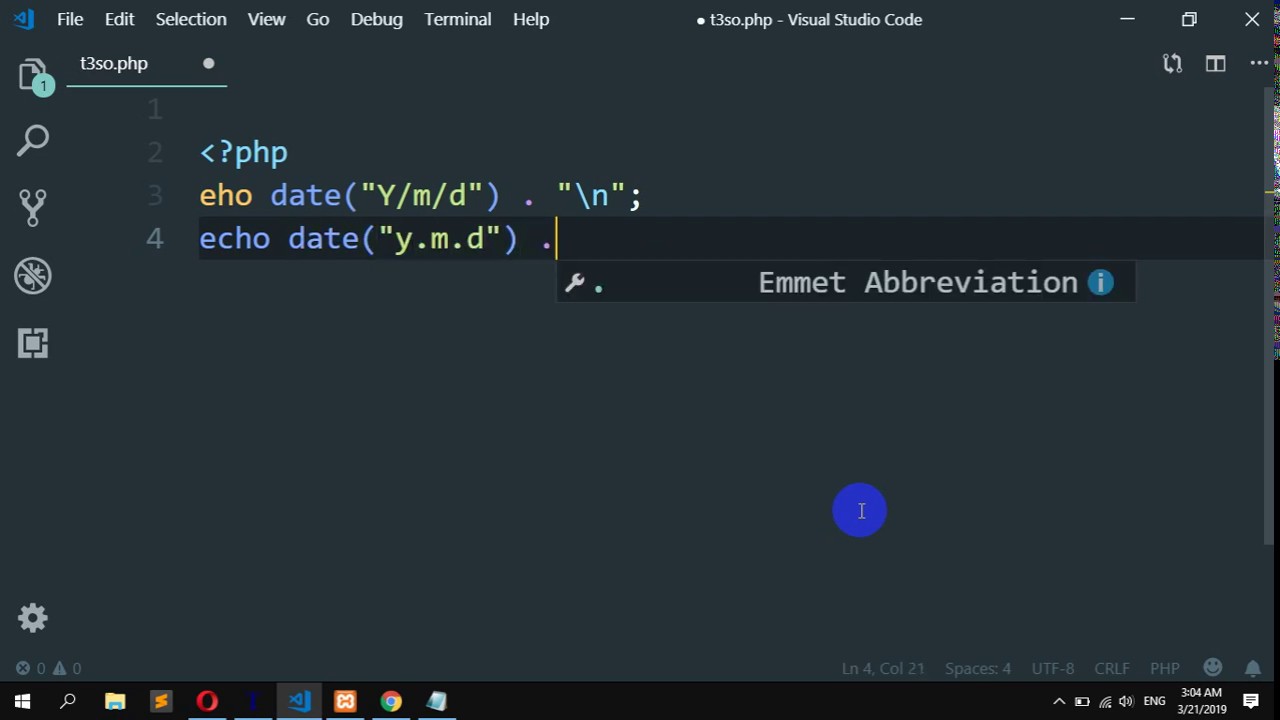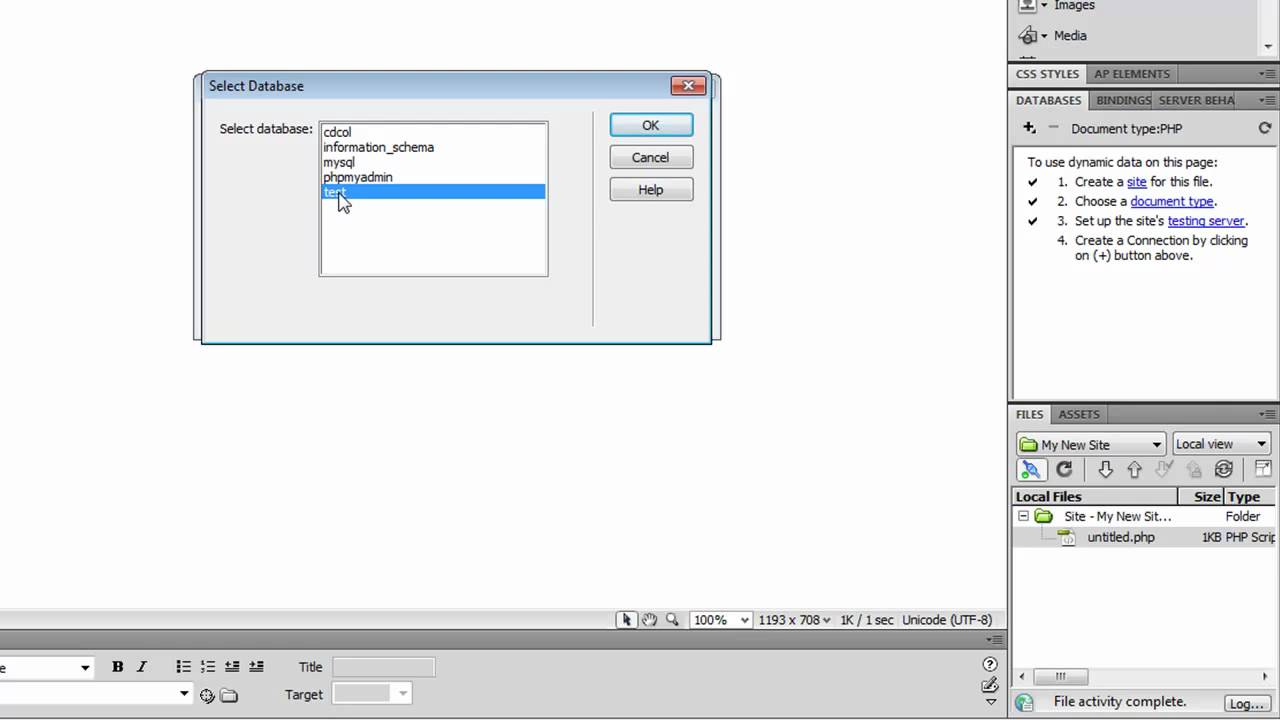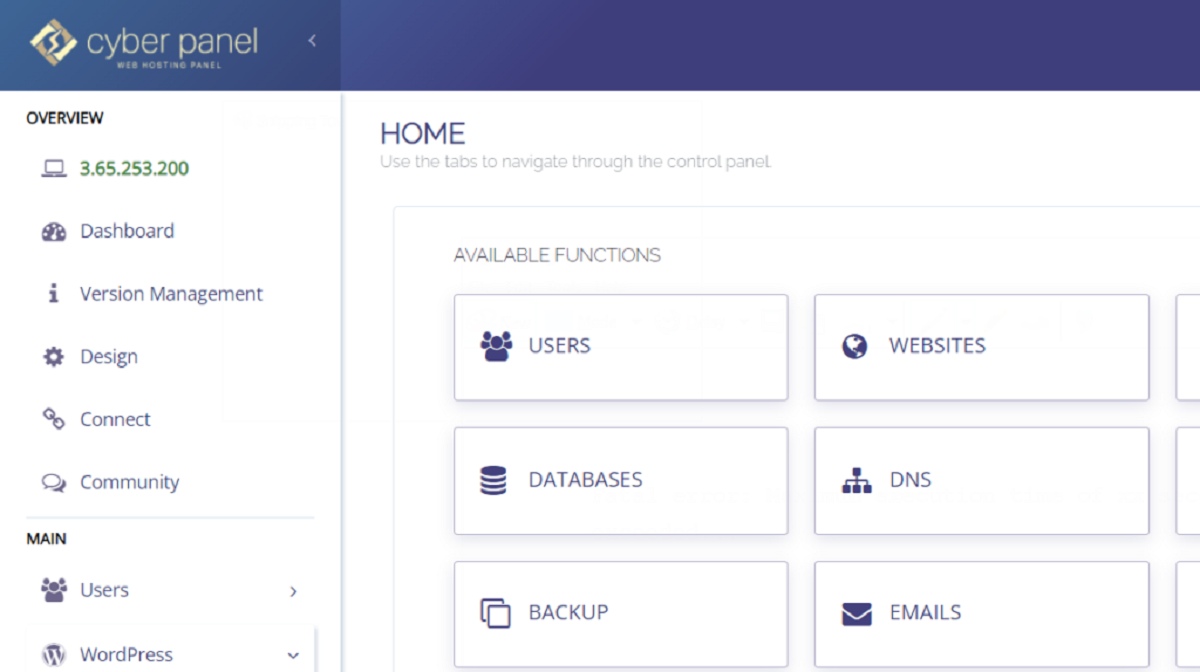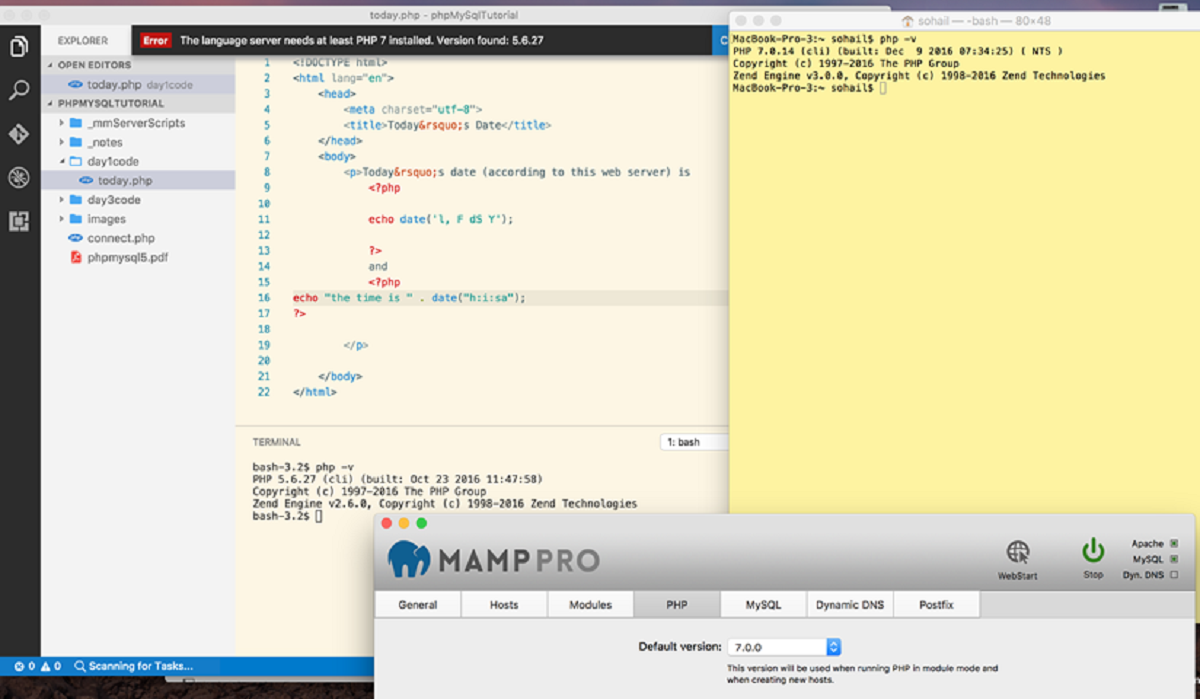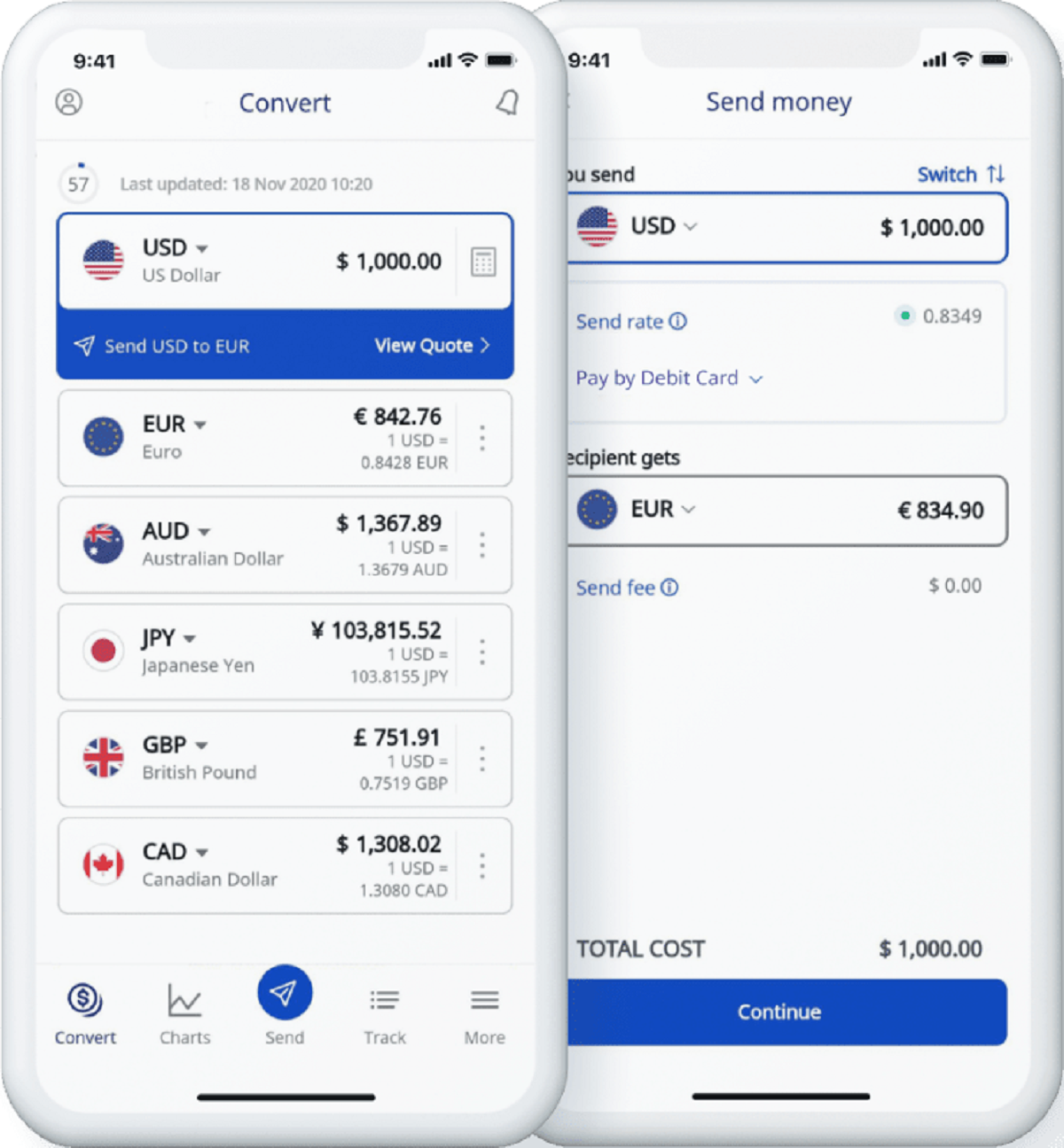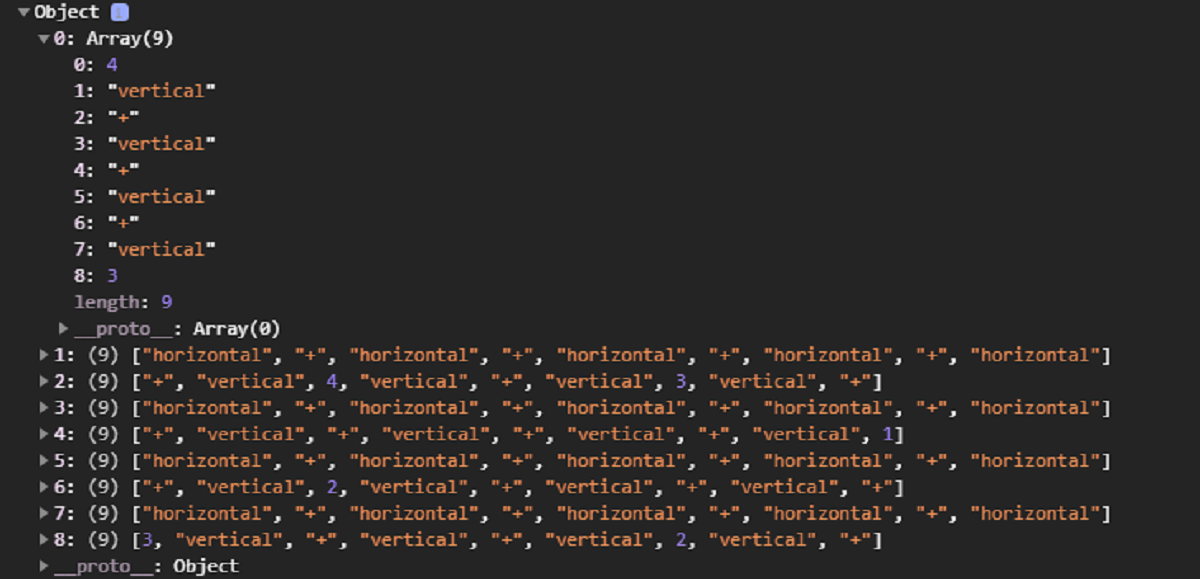Introduction
Showing the current time is a common requirement in PHP web development. Whether you want to display the current time on a website, log events with their respective timestamps, or perform time-based calculations, PHP provides several options to achieve this.
When it comes to displaying the current time in PHP, you have different methods at your disposal. The most commonly used ones are the date() function and the DateTime class. With these, you can not only retrieve the current time but also format it according to your specific requirements.
In this article, we will explore various ways to show the current time in PHP. We will delve into the usage of the date() function and the DateTime class, and how you can format the output in different ways to suit your needs. Additionally, we will cover topics such as customizing date and time formats, handling timezones, and more.
By the end of this article, you will have a firm understanding of how to accurately display the current time in PHP and have the ability to manipulate the output to fit your desired format. So, let’s dive in and discover how to showcase the current time effectively in your PHP applications!
Using the date() Function
The date() function is a built-in function in PHP that allows you to retrieve the current date and time. It takes two parameters: the format and the optional timestamp.
To display the current time, you can simply call the date() function with the desired format as the parameter. For example, to show the current time in a 24-hour format, you can use the following code:
$current_time = date(‘H:i:s’);
echo “The current time is: ” . $current_time;
This will output something like: “The current time is: 14:30:45”, where the first parameter ‘H’ represents the hour in a 24-hour format, ‘i’ represents the minutes, and ‘s’ represents the seconds.
The date() function allows for a wide range of formatting options. You can include different format characters to display specific parts of the date and time, such as the day, month, year, and more. Some commonly used format characters are:
- ‘d’ – Day of the month (01 to 31)
- ‘m’ – Month (01 to 12)
- ‘Y’ – Year (four digits)
- ‘H’ – Hour in 24-hour format (00 to 23)
- ‘i’ – Minutes (00 to 59)
- ‘s’ – Seconds (00 to 59)
You can combine these format characters and add additional formatting elements such as colons or dashes to create the desired time format.
Using the date() function is a simple and straightforward way to display the current time in PHP. However, it’s important to note that it returns the current server time based on the server’s timezone settings. If you want to work with different timezones or need more advanced functionality, using the DateTime class is recommended.
Formatting the Output
When displaying the current time in PHP, you may want to format the output in a specific way to meet your application’s requirements or adhere to a certain display convention. The date() function provides flexibility in formatting the output by using different format characters.
Let’s explore some common formatting options:
- ‘l’ – The full name of the day (e.g., Monday)
- ‘M’ – The abbreviated month name (e.g., Jan)
- ‘F’ – The full month name (e.g., January)
- ‘Y’ – The four-digit year (e.g., 2022)
- ‘h’ – A two-digit representation of the hour in 12-hour format (e.g., 08)
- ‘a’ – Lowercase Ante or Post meridiem (e.g., am or pm)
To format the output, you can include these format characters in the parameter of the date() function. For example:
$current_time = date(‘l, F jS, Y – h:i a’);
echo “The current time is: ” . $current_time;
This will output something like: “The current time is: Monday, January 31st, 2022 – 08:30 pm”. Notice how the format characters are combined to create a specific format for the date and time.
By experimenting with various format characters, you can create different output formats to suit your needs. Additionally, you can add additional text or symbols within the format parameter to include separators or any other desired elements.
Formatting the output allows you to present the current time in a visually appealing and user-friendly manner. It also gives you the flexibility to comply with specific date and time display standards or localization requirements if needed.
Now that we’ve covered the basics of using the date() function and formatting the output, let’s move on to exploring the more powerful DateTime class and its features for displaying the current time in PHP.
Displaying the Current Time with the DateTime Class
In addition to the date() function, PHP provides the DateTime class, which offers more advanced functionality for working with dates and times. Using the DateTime class, you can easily retrieve and display the current time in a more object-oriented manner.
To display the current time using the DateTime class, you first need to create a new instance of the DateTime class and then format the output according to your requirements. Here’s an example:
$current_time = new DateTime();
echo “The current time is: ” . $current_time->format(‘H:i:s’);
This will output the same result as with the date() function: “The current time is: 14:30:45”. The format() method of the DateTime object is used to specify the desired format for the output.
One advantage of using the DateTime class is that you have access to various methods to manipulate the date and time. For example, you can add or subtract intervals, compare dates, or convert timezones.
Here’s an example that demonstrates changing the output format and adding an interval of 1 hour to the current time:
$current_time = new DateTime();
$current_time->add(new DateInterval(‘PT1H’));
echo “The modified time is: ” . $current_time->format(‘H:i:s’);
This will output something like: “The modified time is: 15:30:45”, where the add() method is used to add 1 hour to the current time.
Using the DateTime class allows for more flexibility with manipulating and formatting the current time. Additionally, it provides a more robust approach for working with time-related operations in PHP.
Now that we have covered how to display the current time using the DateTime class, let’s explore how to customize the date and time formats even further.
Customizing the Date and Time Formats
PHP’s date and time functions, such as date() and the DateTime class, offer a wide range of formatting options to customize the output according to your specific needs. By combining different format characters, you can create unique date and time formats that align with your application’s requirements or desired display conventions.
Let’s explore some additional formatting options:
- ‘D’ – The abbreviated day name (e.g., Mon)
- ‘j’ – Day of the month without leading zeros (1 to 31)
- ‘n’ – Month without leading zeros (1 to 12)
- ‘y’ – Two-digit representation of the year (e.g., 22)
- ‘g’ – Hour in 12-hour format without leading zeros (1 to 12)
- ‘A’ – Uppercase Ante or Post meridiem (e.g., AM or PM)
You can combine these format characters with others we’ve mentioned earlier to construct various formats. For example:
$current_time = date(‘D, j M Y – g:i A’);
echo “The current time is: ” . $current_time;
This will output something like: “The current time is: Mon, 31 Jan 2022 – 8:30 PM”. Notice how the format characters are combined to create a specific format for the date and time.
Furthermore, you can include additional characters, symbols, or separators within the format parameter to add more context or style to the output. For example:
$current_time = date(‘M d, Y \a\t H:i’);
echo “The current time is: ” . $current_time;
This will output something like: “The current time is: Jan 31, 2022 at 20:30”. In this example, we’ve included the string “\a\t” to add the words “at” between the date and time.
By experimenting with different format characters and incorporating additional elements, you can create unique and visually appealing date and time formats.
Now that you have a good understanding of how to customize the date and time formats, let’s move on to discussing how to handle timezones in PHP.
Handling Timezones
Dealing with timezones is a crucial aspect of displaying accurate and synchronized time across different regions. PHP provides built-in functions and methods to handle timezones effectively within your application.
The default timezone in PHP is typically set to the server’s timezone. However, you can change the timezone to display the current time according to a specific location or user preference.
To set the timezone, you can use the date_default_timezone_set() function:
date_default_timezone_set(‘America/New_York’);
$current_time = date(‘Y-m-d H:i:s’);
echo “The current time in New York is: ” . $current_time;
This will output something like: “The current time in New York is: 2022-01-31 14:30:45”. In this example, we have set the timezone to “America/New_York” using the date_default_timezone_set() function, and then retrieved the current time using the date() function.
Alternatively, if you are using the DateTime class, you can use the setTimezone() method to adjust the timezone:
$current_time = new DateTime();
$current_time->setTimezone(new DateTimeZone(‘Asia/Tokyo’));
echo “The current time in Tokyo is: ” . $current_time->format(‘Y-m-d H:i:s’);
This will output something like: “The current time in Tokyo is: 2022-02-01 04:30:45”. Here, we created a new DateTime object and then used the setTimezone() method to set the timezone to “Asia/Tokyo” before formatting and outputting the current time.
By adjusting the timezone, you can ensure that the displayed time corresponds to the correct location or user’s preference. This is especially important when working with international users or when the application involves scheduling or time-sensitive operations.
Now that we have covered how to handle timezones in PHP, you are equipped with the knowledge to accurately display the current time in specific locations.
Conclusion
Displaying the current time in a PHP application is a common requirement for various use cases, ranging from showcasing real-time data to implementing time-based functionalities. In this article, we explored different methods to achieve this goal and learned about formatting options, the DateTime class, and timezone handling.
We started by using the date() function, which allows for straightforward retrieval of the current time with customizable formatting. By combining different format characters, we can create specific date and time representations that meet our needs.
Next, we explored the DateTime class, which provides more advanced functionality for working with dates and times. With this class, we can easily manipulate and format the current time, as well as perform various time-related operations, such as adding intervals or comparing dates.
Additionally, we discussed the importance of handling timezones and demonstrated how to set the timezone to ensure the accuracy of the displayed time according to different regions or user preferences. By understanding how to manage timezones, we can avoid confusion and create a seamless experience for users across different locations.
Armed with these techniques, you now have the knowledge to effectively display the current time in your PHP applications, customize the output format, and handle timezones appropriately. Remember to consider the specific requirements of your project and tailor the implementation accordingly.
Whether you need to showcase the current time on a website, log events with timestamps, or perform time-based calculations, PHP provides the necessary tools to accomplish these tasks efficiently. So go ahead and confidently incorporate the current time display into your PHP projects!







